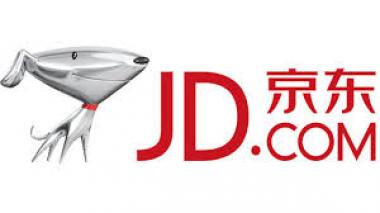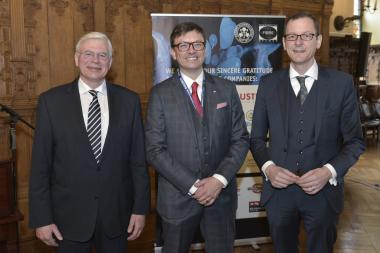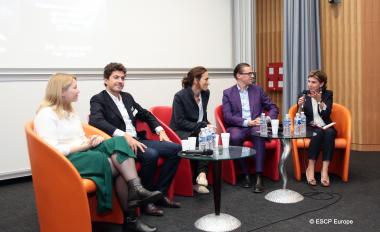JD.com and Google Announce Strategic Partnership
JD.com, Inc., China’s leading technology-driven e-commerce company, and Google, announced today that Google will invest $550 million in cash in JD.com as part of a strategic partnership.
Google and JD plan to collaborate on a range of strategic initiatives, including joint development of retail solutions in a range of regions around the world, including Southeast Asia, the U.S. and Europe. By applying JD’s supply chain and logistics expertise and Google’s technology strengths, the two companies aim to explore the creation of next generation retail infrastructure solutions, with the goal of offering helpful, personalized and frictionless shopping experiences. JD also plans to make a selection of high-quality products available for sale through Google Shopping in multiple regions.
“This partnership with Google opens up a broad range of possibilities to offer a superior retail experience to consumers throughout the world,” said JD.com’s Chief Strategy Officer Jianwen Liao. “This marks an important step in the process of modernizing global retail. As we celebrate our June 18 anniversary sale, this partnership opens a new chapter in our history.”
"We are excited to partner with JD.com and explore new solutions for retail ecosystems around the world to enable helpful, personalized and frictionless shopping experiences that give consumers the power to shop wherever and however they want,” said Google Chief Business Officer Philipp Schindler.
Under the agreements, Google will receive 27,106,948 newly issued JD.com Class A ordinary shares at an issue price of $20.29 per share, equivalent to $40.58 per ADS, based on the volume-weighted average trading price over the prior 10 trading days.
parrkommunikation













